Description
Terbinafine: Uses, Benefits, Side Effects & More
Terbinafine is a powerful antifungal medication widely used to treat a variety of fungal infections. Commonly available in oral (tablet) and topical (cream or gel) forms, Terbinafine effectively targets infections on the skin, scalp, and nails.
What Is Terbinafine?
Terbinafine belongs to the class of antifungal drugs known as allylamines. It works by stopping the growth of fungi, making it highly effective against dermatophytes, the fungi responsible for infections like athlete’s foot (tinea pedis), ringworm (tinea corporis), jock itch (tinea cruris), and onychomycosis (fungal nail infections).
Key Uses of Terbinafine
-
Athlete’s Foot
-
Ringworm
-
Jock Itch
-
Fungal Nail Infections
-
Scalp Infections (Tinea Capitis)
Terbinafine is often prescribed when over-the-counter antifungal treatments fail to resolve the infection.
How to Use Terbinafine
-
Topical Form: Apply a thin layer to the affected area once or twice daily for 1–2 weeks.
-
Oral Form: Typically prescribed as a once-daily tablet for 6–12 weeks for nail infections.
Always follow your doctor’s instructions and complete the full course of treatment to prevent recurrence.
Benefits of Terbinafine
-
Fast-acting relief from symptoms
-
High cure rates for nail and skin fungal infections
-
Convenient dosing options (oral and topical)
-
Long-lasting results with proper use
Possible Side Effects
Like all medications, Terbinafine may cause side effects. Common ones include:
-
Headache
-
Diarrhea
-
Rash or itching
-
Taste disturbances (with oral use)
-
Liver function changes (rare but serious)
Seek medical advice if you experience severe side effects or allergic reactions.
Precautions & Warnings
-
Not recommended for those with liver disease unless prescribed by a doctor
-
Inform your healthcare provider about all medications you’re taking
-
Avoid alcohol during treatment to reduce liver strain

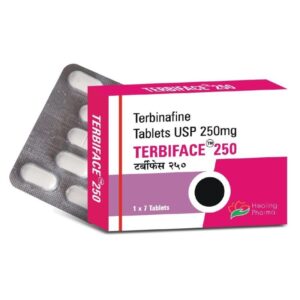
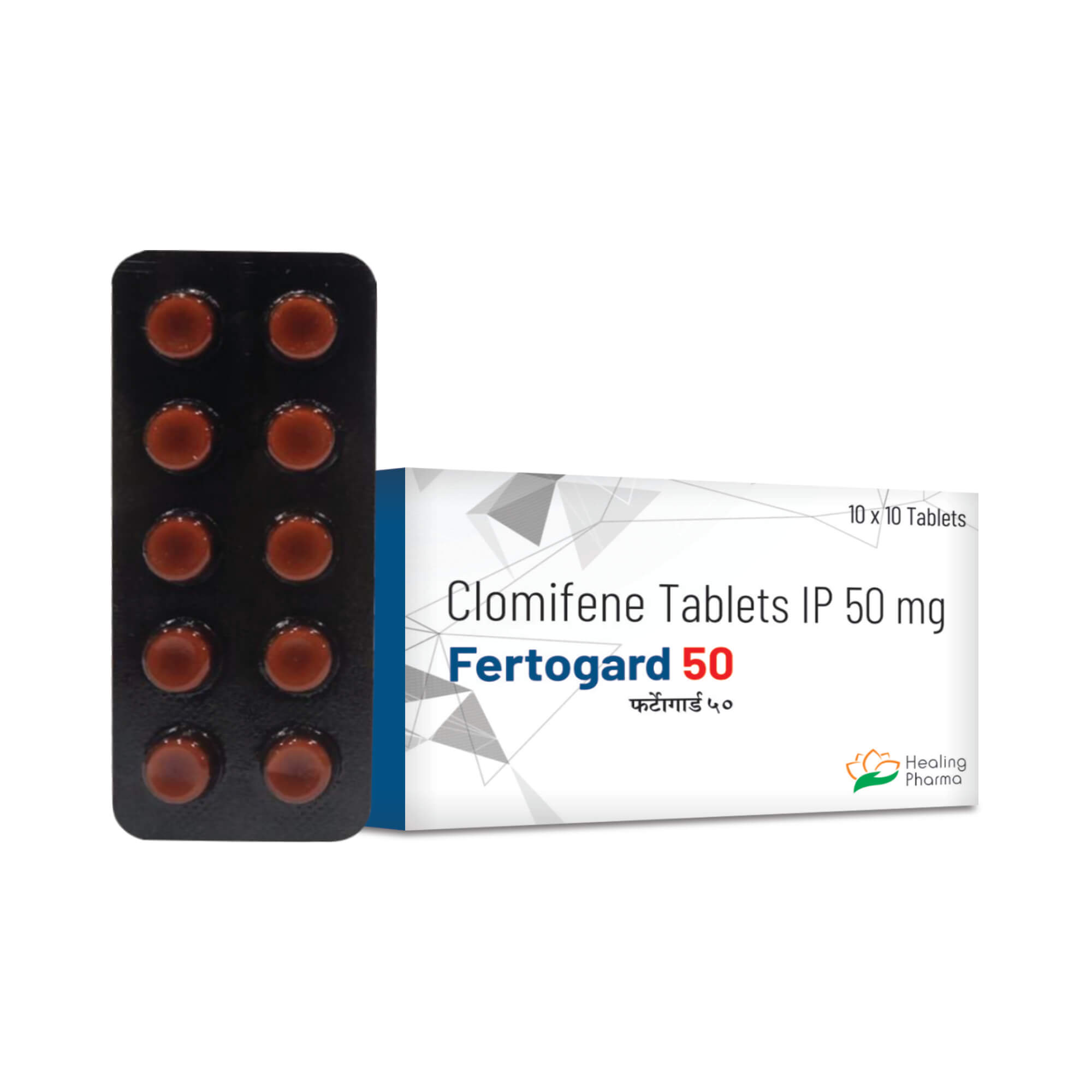
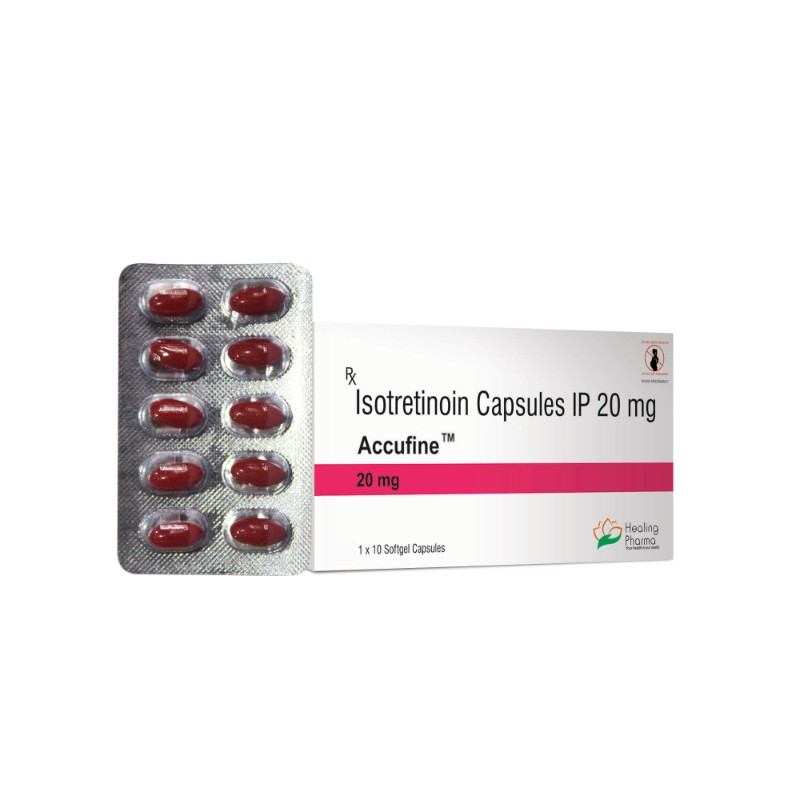
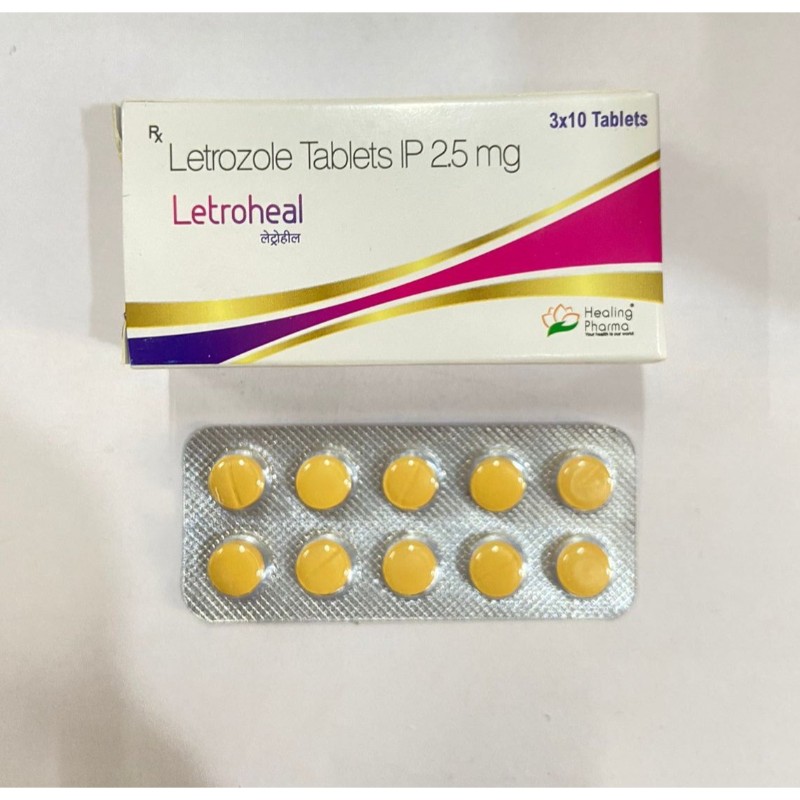
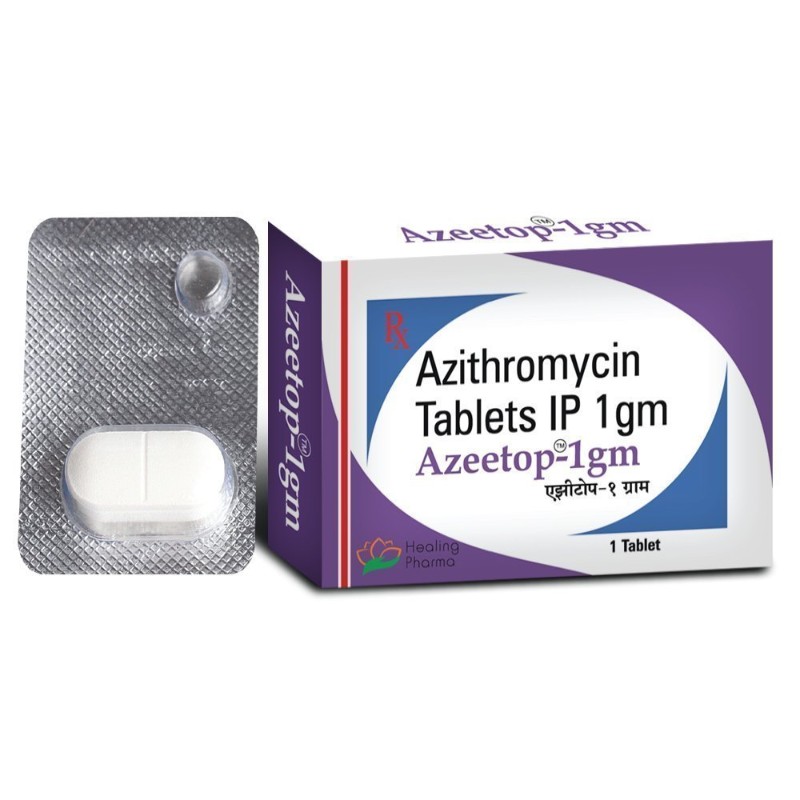
Reviews
There are no reviews yet.